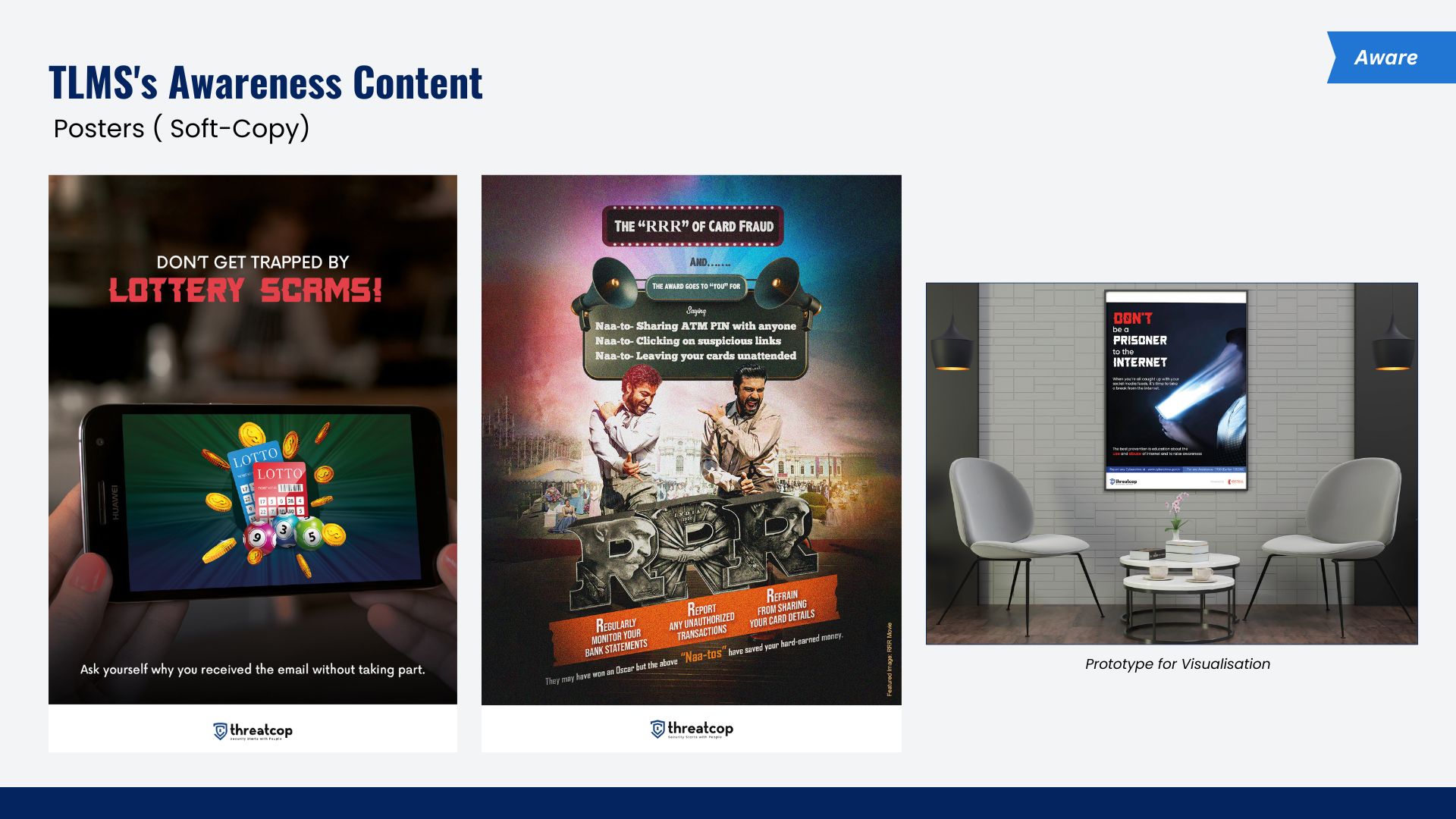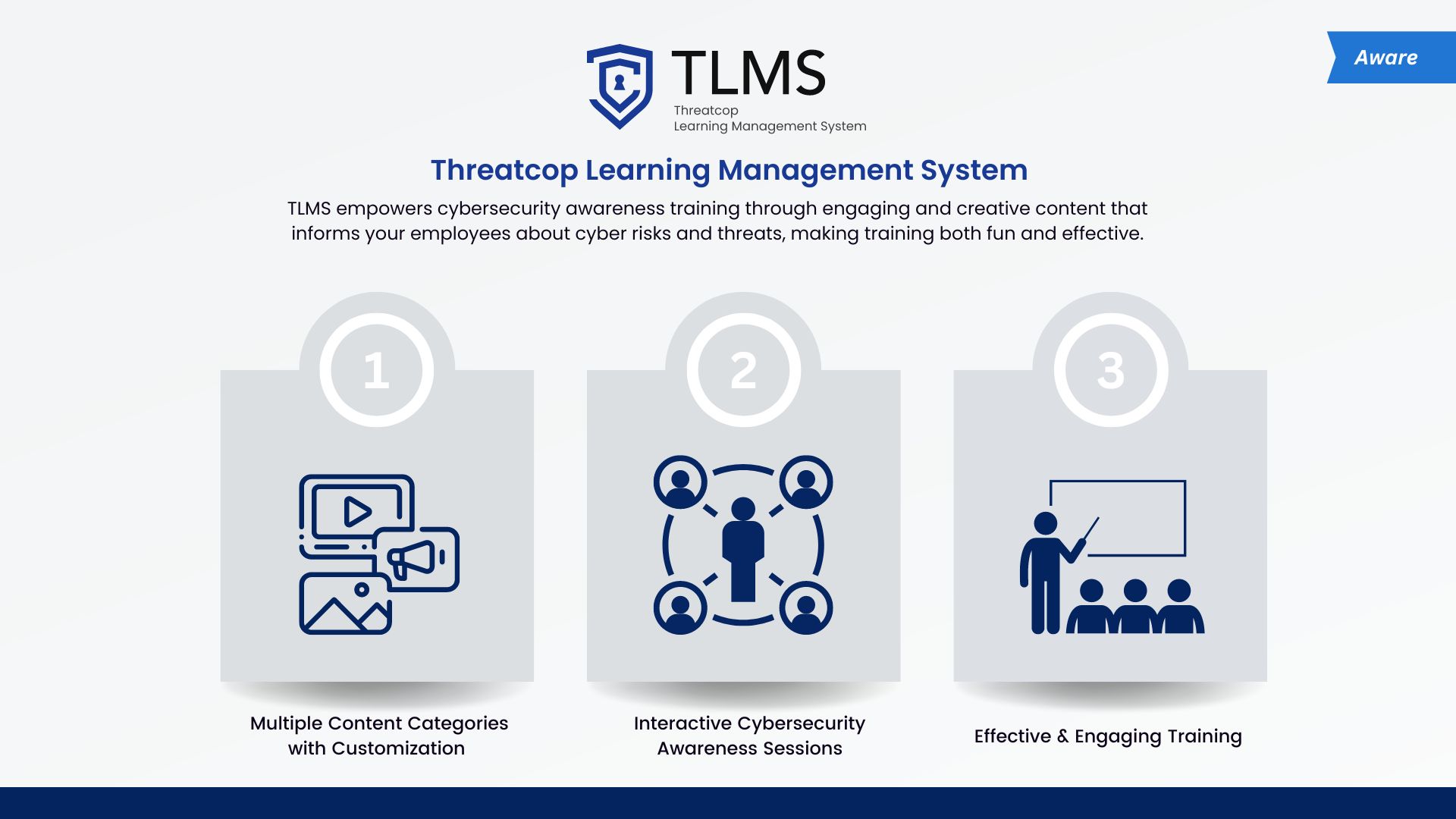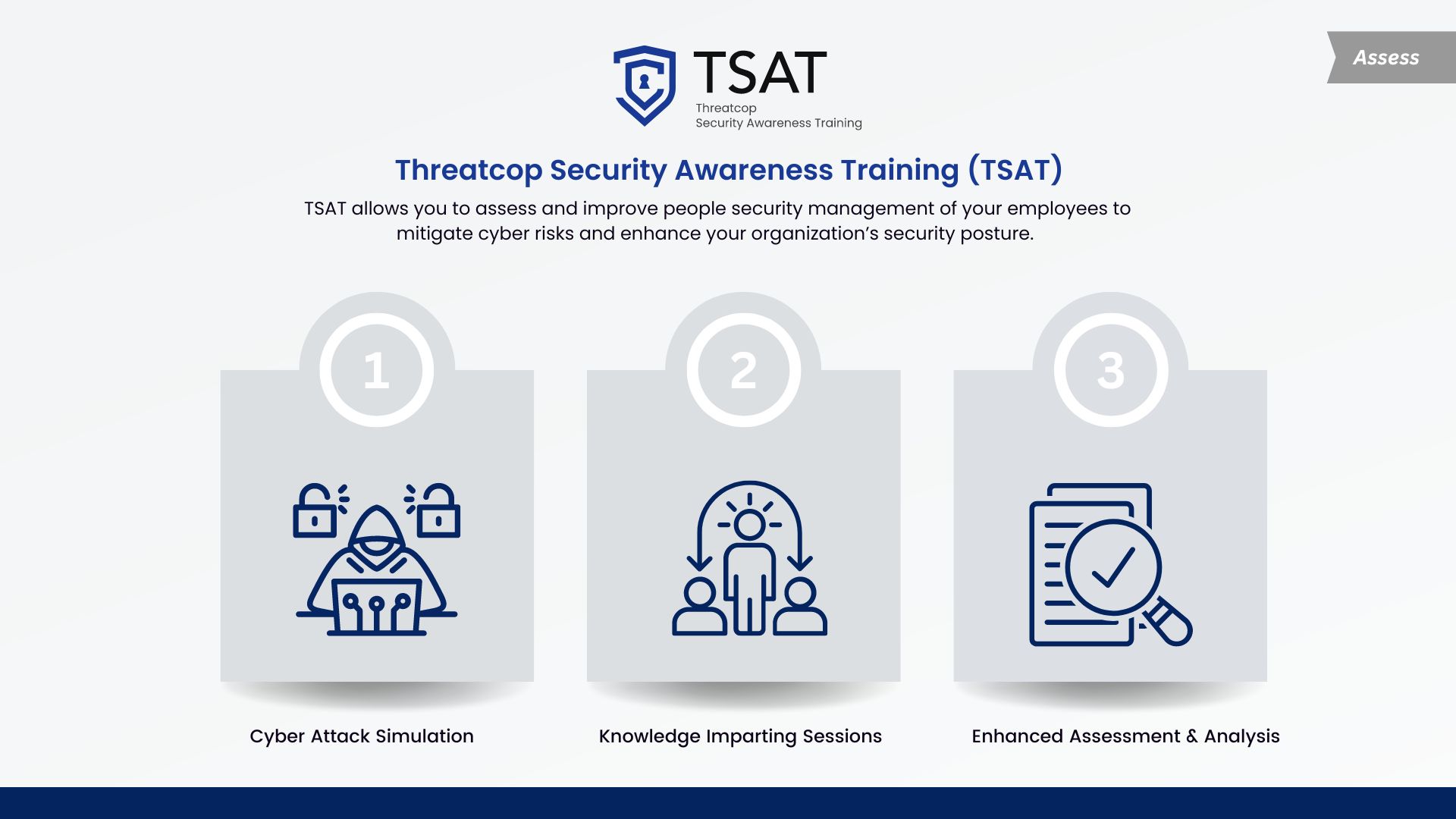You’ve gone all out to fortify your company’s data, setting up firewalls and complex security systems. It’s like a fortress, almost impenetrable. But here’s the kicker: sometimes the threat comes from inside when someone unlocks the front door. That’s the risk many organizations face nowadays when it comes to cybersecurity. In this scenario, your people, unsuspecting of the dangers, become the weakest link in the security chain.
A recent survey by Hornetsecurity paints a pretty concerning picture: a whopping 26% of companies don’t provide any IT security training for their employees. Can you believe that? And here’s the kicker: 79% of these organizations think their current training is effective against cyber threats.
Subscribe to Our Newsletter On Linkedin
Sign up to Stay Tuned with the Latest Cyber Security News and Updates
So, what’s the deal? Why aren’t more organizations investing in security training? Well, it turns out most security training is just plain boring and outdated. According to the survey, 31% of employees find it uninteresting, and a jaw-dropping 39% say it doesn’t cover the latest tricks that cybercriminals use, especially those powered by Artificial Intelligence (AI).
It’s like teaching someone how to battle a knight in shining armor when their real enemy is a high-tech drone. No wonder so many employees end up forgetting what they learned (38%) or simply ignoring suspicious emails (52%).
Researchers are sounding the alarm about a major gap in cybersecurity preparedness, especially for smaller companies. Their study reveals an alarming trend: the size of a company directly affects whether or not they provide cybersecurity training to their employees.
Bigger organizations tend to understand the importance of educating their workforce about cyber threats. Unfortunately, smaller companies, particularly those with 1 to 50 employees, are falling behind. Can you believe that nearly 3 out of 10 of these companies don’t provide any IT security awareness training at all? This lack of education creates a critical vulnerability within these businesses.
Book a Free Demo Call with Our People Security Expert
Why Employees Matter in Cybersecurity
Think about it – it’s us, humans who open emails, click on links, and access data. We’re on the front lines when it comes to defending against cyberattacks. Take phishing emails, for example. They rely on tricking people into giving away their info or clicking on sketchy links. But if we train our employees to spot these warning signs, we can shut down attacks before they even get started.
The High Cost of Low-Quality Training
Now here’s a reality check: having outdated training is even worse than having no training at all. Can you believe that a whopping 45% of IT decision-makers think their current training programs are useless against modern attacks? That’s a huge risk for the company.
A recent survey showed that a quarter of organizations experienced a security breach in the past year. Most of them (94%) beefed up security after the attack, but that’s just reacting to the problem. Imagine if we could prevent those attacks from happening in the first place!
Investing in People, Not Just Technology
A lot of companies heavily rely on cybersecurity tech like firewalls and anti-virus software. Those are important tools, no doubt about it. But here’s the thing – they’re not foolproof.
Here’s something interesting from the Hornetsecurity survey: 56% of organizations are now getting cyber insurance. It can help financially after an attack, but you know what they say, prevention is always better than cure.
So, why not invest in raising your employees’ cybersecurity awareness? By giving them the right knowledge, skills, and ongoing support, you can create a human firewall that’s way tougher to crack than any digital barrier.
Remember, being proactive is key. Don’t wait for an attack to happen before you beef up your defenses. By empowering your employees, you can significantly reduce your cybersecurity risks and create a safer digital environment for all of us.
Engaging in Cybersecurity Training with TSAT and TLMS
Earlier we established how conventional cyber security training doesn’t work. It is an uninteresting 31% of the staff, with 39% stating that it does not cover new threats that are increasingly AI-driven. I mean, think about teaching someone to fight medieval knights when their real enemy is a drone! No wonder employees forget what they learn (38%) or just throw away dubious emails (52%).

This is where Threatcop’s TSAT (Threatcop Security Awareness Training) and TLMS (Threatcop Learning Management System) come into play. With these tools, you can turn your cybersecurity training from boredom into an interesting and efficient program.

TSAT- Identifying Vulnerabilities
Realistic Simulations: This form of instruction goes beyond mere lectures by conducting sophisticated phishing simulations. TSAT simulates real-life attacks such as Email Phishing, QR Code Phishing, or even Smishing (phishing through SMS). Employees can watch out for danger signs in the online world using this “learn by doing” strategy.

AI-Powered Personalization: Criminals in cyberspace keep changing their strategies. As a result, TSAT employs artificial intelligence to produce up-to-date phishing templates. In this way, your workers will be ready for the possible types of attacks they might face.
Data-Driven Insights: By tracking employee performance during these simulations, TSAT gives you a clear picture of where you

Technical Content Writer at Threatcop
Ritu Yadav is a seasoned Technical Content Writer at Threatcop, leveraging her extensive experience as a former journalist with leading media organizations. Her expertise bridges the worlds of in-depth research on cybersecurity, delivering informative and engaging content.
Technical Content Writer at Threatcop Ritu Yadav is a seasoned Technical Content Writer at Threatcop, leveraging her extensive experience as a former journalist with leading media organizations. Her expertise bridges the worlds of in-depth research on cybersecurity, delivering informative and engaging content.
